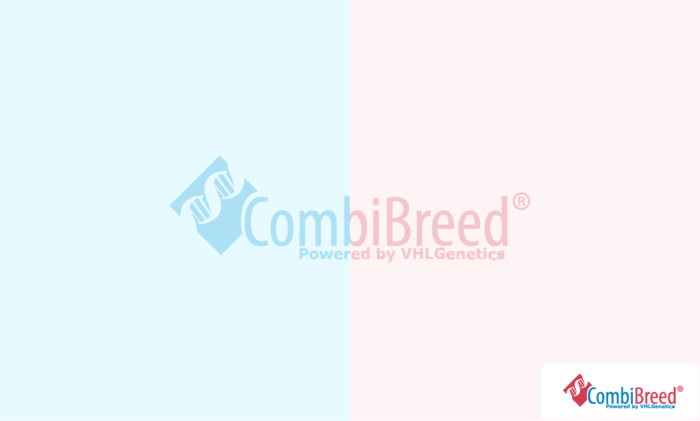
€57,48 €47,50 hors TVA
Cleft Palate (CP, CP1) or palatoschisis is a congenital defect that leads to a hole or a slit-shaped connection between the oral cavity and nasal cavity (cleft) in the roof of the mouth (palate).
10 working days
Excl €5,95 shipping and administration per order (incl. VAT)
Caractéristiques
| Breeds | |
|---|---|
| Gene | |
| Organ | |
| specimen | Swab, Blood EDTA, Blood Heparin, Semen, Tissue |
| Mode of Inheritance | |
| Chromosome | |
| Also known as | |
| Year Published |
Informations générales
Cleft Palate (CP, CP1) or palatoschisis is a congenital defect that leads to a hole or a slit-shaped connection between the oral cavity and nasal cavity (cleft) in the roof of the mouth (palate). Puppies born with a cleft palate can experience difficulty nursing. They also have greatly increase risk of developing aspiration pneumonia, a serious life-threatening condition.
There are multiple genetic causes of cleft palate and the most common form has been named CP1. The variant tested in this test is caused by a mutation in the DLX6 intron of the genome, which inherits in an autosomal recessive way. It is observed in the Nova Scotia Duck Tolling Retriever (NSDTR) breed.
Caractéristiques cliniques
Dogs with CP1 will have clefts in their palate. They sometimes also have an overbite, and a poorly developed nasal septum. This allows saliva and food to pass into the nasal cavity, leading to nasal discharge. They may also display coughing, snorting, and gagging due to eating difficulties, which can lead to poor growth. They also have a higher risk of respiratory infections.
A surgical procedure is needed to achieve an acceptable quality of life. However, some dogs are humanely euthanized due to unsuccessful surgical outcomes.
Additional Information
Références
Pubmed ID: 24699068
Omia ID: 1919